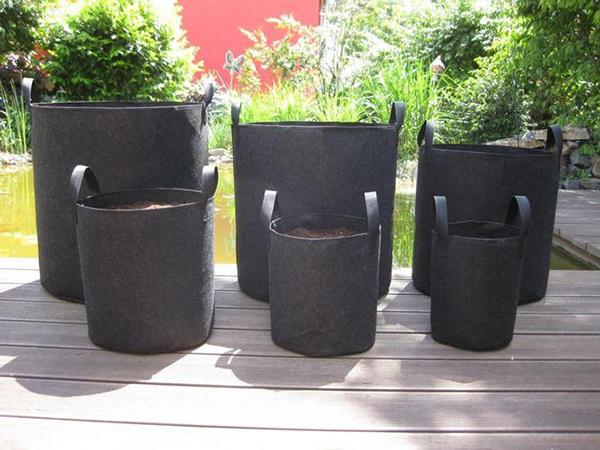Refreshing and Antibacterial! A Brief Discussion on the Application of PLA Fiber in Undergarments
In recent years, an increasing number of new materials and technologies have been applied in the clothing market. Moisture-wicking, quick-drying, antibacterial, deodorizing, environmentally friendly degradation... A variety of selling points offer consumers more choices.
This article will mainly introduce the application characteristics and advantages of PLA fiber in undergarments.
PLA fiber not only has good mechanical properties and is smooth and breathable but also possesses biodegradability and biocompatibility, which are not found in general chemical fibers. Under the dual-carbon strategy, its application in clothing fabrics has a broad development prospect.

Taking men's and women's underwear as examples, women's briefs usually consist of four parts: the front piece that wraps the lower abdomen, the back piece that covers the buttocks, the crotch that connects the front and back pieces, and the lining crotch that increases comfort and moisture absorption. Due to physiological differences, the structure of men's boxer briefs is more complex, with the front piece, back piece, and front pouch each made up of two symmetrical pieces of fabric.
Traditional synthetic materials such as nylon, polyester, and spandex make underwear comfortable and elastic, but many users believe that synthetic fiber underwear has poor breathability and is prone to bacterial growth.
Therefore, pairing synthetic fiber materials with other materials for the lining crotch has optimized the user experience to some extent.
As consumers' quality of life improves, the material of the underwear lining crotch has gradually become a focus and selling point for brands.
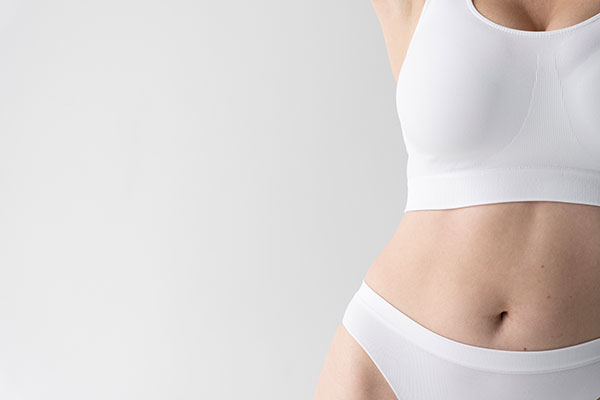
PLA fiber as a material for underwear crotch lining has some significant advantages:
1. Comfort
PLA fiber has a soft, smooth texture that can provide a comfortable wearing experience.
2. Dryness and Breathability
PLA fiber has good breathability, which can help keep private parts dry, reduce bacterial growth, and help prevent odors and bacterial infections.
3. Antibacterial Properties
PLA fiber is derived from lactic acid, an endogenous substance in the human body, and the pH value of the fiber is nearly identical to that of the human body. This gives PLA fiber good biocompatibility, excellent skin affinity, non-allergenicity, good product safety performance, natural antibacterial properties, mold, odor resistance, and can well meet the requirements for undergarments, suitable for people prone to allergies.
4. Warmth
PLA fiber is a lightweight fiber that can quickly return to dryness even when wet. PLA fiber products can perform differently in different seasons. In winter, they provide better insulation than cotton and polyester fibers; in summer, they have excellent moisture permeability and water diffusion, quick sweat absorption, and can rapidly evaporate body heat.
5. High Resilience without Tightness
PLA fiber has high strength and good extensibility, with good elastic recovery. Applied to undergarments, high-elasticity fabrics can help flatten the abdomen and lift the buttocks, meeting the diverse needs of users.
6. Environmental Friendliness
PLA is a biodegradable material, which compared to traditional synthetic fibers, can reduce the negative impact on the environment and is conducive to sustainable development.
Overall, PLA fiber as a material for underwear crotch lining has multiple advantages such as comfort, breathability, antibacterial properties, and environmental friendliness, providing a better wearing experience and health protection for private parts.
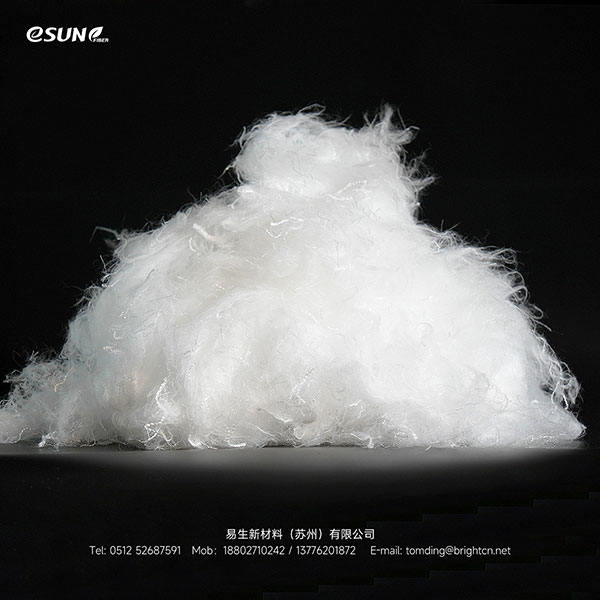
PLA fiber has advantages such as high strength and good extensibility. Using PLA fiber for spinning can improve the quality, strength, and durability of yarn and final products, increase production efficiency, meet special application needs, and help reduce costs and achieve environmentally friendly production.
In the application of clothing fabrics, besides undergarments, based on its performance characteristics, PLA fiber can also be applied to make sportswear, children's clothing, soft and comfortable jeans, etc.
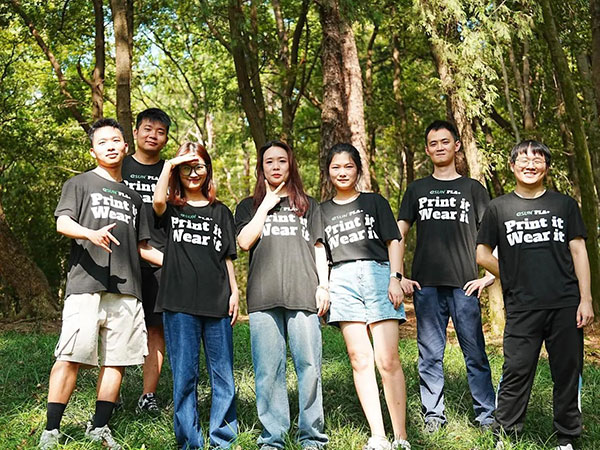
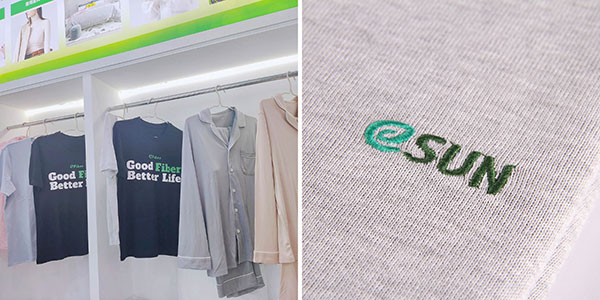
eSUNFiber focuses on developing and strategically expanding polylactic acid fiber and non-woven fabrics as main products.eSUNFiber has one 10,000 tons/year melt-spun polylactic acid fiber production line, one 1,000 tons/year polylactic acid hot air non-woven fabric production line, and three functional polylactic acid fiber production lines. Among them, the three functional polylactic acid fiber production lines have an annual capacity of 5,000 tons and can produce various differentiated products such as three-dimensional curled fibers, dual-component PLA fibers, profiled fiber, polylactic acid yarn, and solution-dyed polylactic acid fibers.
Welcome your inquiry and cooperation with us!











